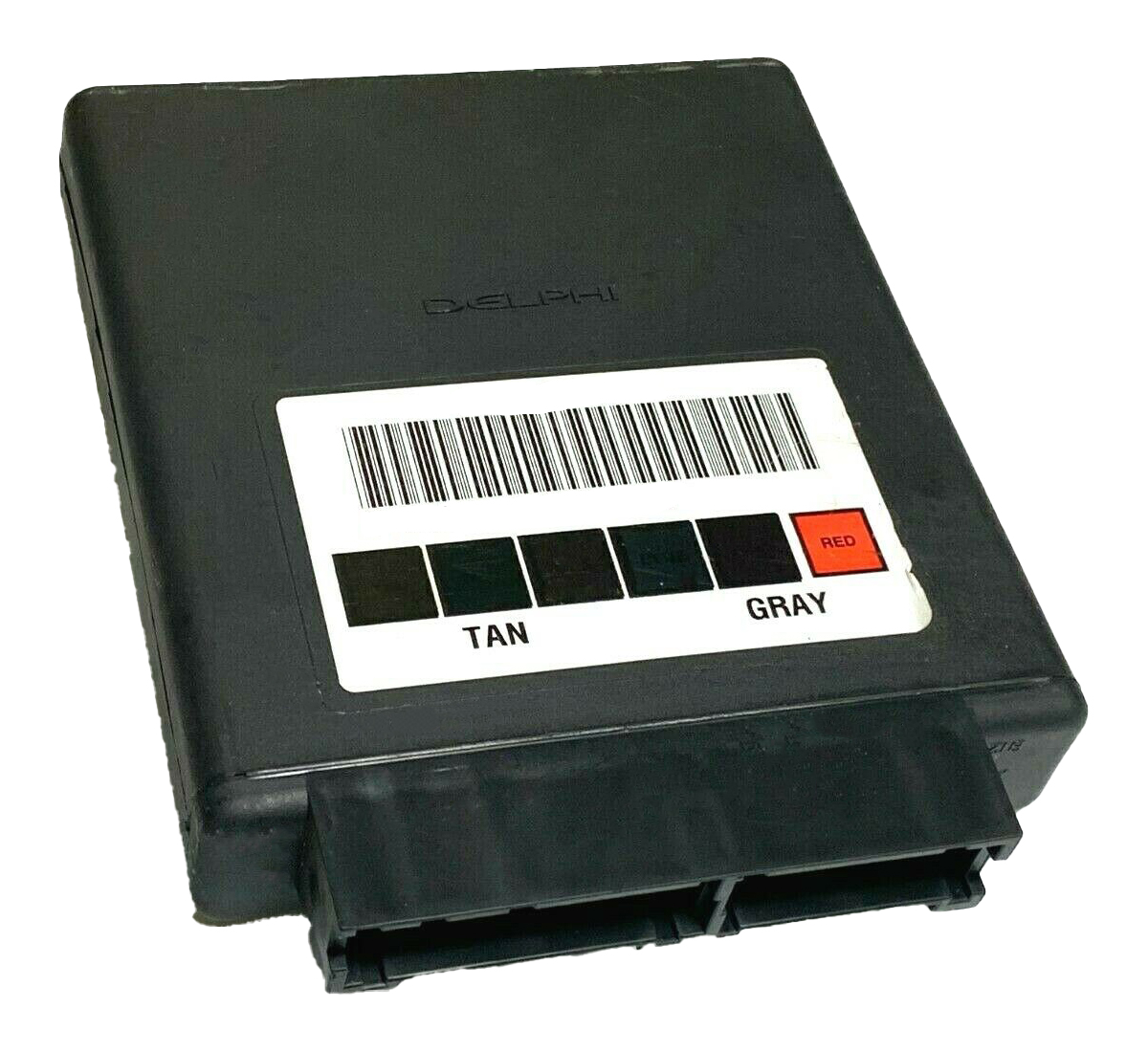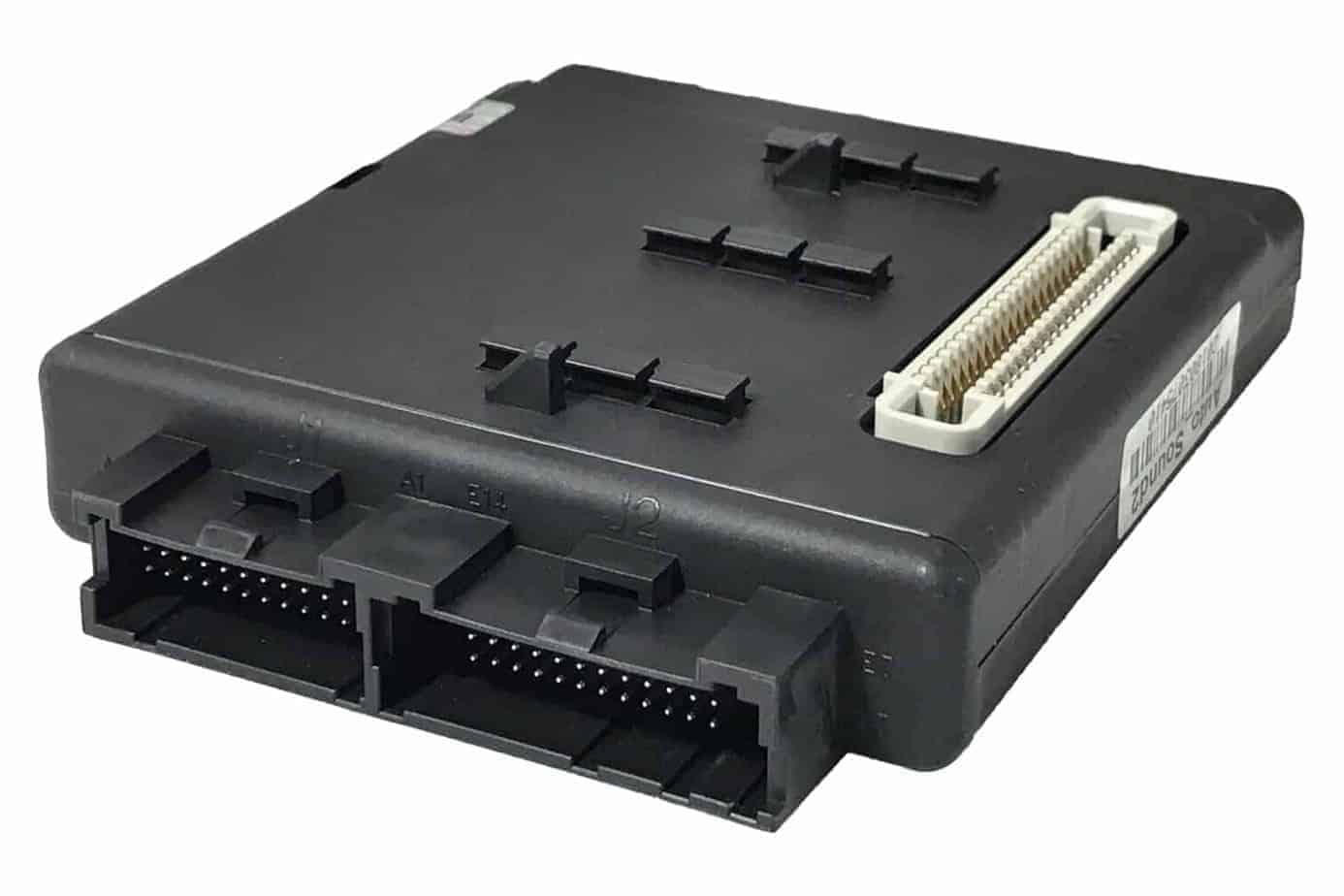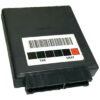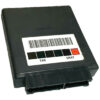Are you chasing down frustrating electrical gremlins in your GMC Envoy, Trailblazer, or other GM SUV? One day the power windows stop working, the next the radio acts up, or you find a dead battery for no apparent reason. In my 20+ years as a technician, I’ve seen these exact issues hundreds of times, and the culprit is often a failing Body Control Module (BCM). The BCM is the central command center for your vehicle’s body electronics, and when it starts to fail, it creates a cascade of bizarre, unrelated problems.
Don’t let a faulty module keep your reliable SUV off the road. This is a direct-fit replacement BCM, solving the biggest headache of this repair: programming. We professionally flash this module with the latest GM software updates, specifically matched to your vehicle’s VIN. This means you can skip the expensive trip to the dealership for programming. You get a part that’s ready for installation right out of the box, saving you time, money, and frustration.
A Technician’s Notebook: The Parasitic Draw Puzzle
I remember a 2007 Trailblazer that came into the shop with a classic complaint: the battery was dead every morning. The owner had already replaced the battery and alternator, but the problem persisted. Standard parasitic draw tests were inconclusive at first. After letting the vehicle sit for over an hour with an ammeter hooked up, we saw the draw would suddenly spike. The BCM was failing to put all the vehicle’s accessory circuits to sleep. It was intermittently ‘waking up’ and draining the battery overnight. Installing a VIN-programmed BCM like this one solved the issue instantly. It’s a textbook failure for these GMT360 platform vehicles.
Common Signs of a Failing BCM
- ✔ Erratic or non-functional power windows, door locks, or interior lighting.
- ✔ Instrument cluster gauges behaving strangely or not working at all.
- ✔ The security or anti-theft light stays on, potentially causing a no-start condition.
- ✔ Intermittent failure of the radio or climate control systems.
- ✔ Unexplained battery drain (parasitic draw) leading to a dead battery.
- ✔ Communication failure codes stored in the system (e.g., U0140 – Lost Communication With Body Control Module).
- ✔ Remote Keyless Entry (RKE) system stops working.
A Straightforward Guide to Your 2005-2009 Envoy BCM Installation
- ✔ Safety First: Always disconnect the negative terminal from your vehicle’s battery before starting any electrical work.
- ✔ Locate the BCM: On these GM SUVs, the BCM is typically located as part of the interior fuse box assembly, under the driver’s side of the dashboard or rear seat area.
- ✔ Remove the Old Module: Carefully disconnect all electrical connectors leading to the BCM. Note their orientation. Unbolt or unclip the old module from its mounting location.
- ✔ Install the New BCM: Mount your new, pre-programmed BCM in the same location. Reconnect all electrical connectors securely, ensuring they click into place.
- ✔ Reconnect the Battery: Reattach the negative battery terminal.
- ✔ Perform Relearn Procedures: Start the vehicle. As noted in our post-install section, you may need a professional scan tool to perform an ‘Airbag System Sync’ or a ‘Brake Pedal Position Relearn’ if related warning lights appear. This is normal as the new module syncs with other vehicle systems.
Verified Fitment for These GM Models
This BCM is a direct replacement for units in the following vehicles, matching part numbers 25802312, 8258023120, 15135466, and 15787809. Please verify your vehicle’s options (e.g., with/without security system) match the description.
- ✔ 2005-2009 GMC Envoy & Envoy XL (w/o security system)
- ✔ 2005-2009 Chevrolet Trailblazer & Trailblazer EXT (w/o security system)
- ✔ 2005-2007 Buick Rainier (w/o security system)
- ✔ 2005-2008 Isuzu Ascender
- ✔ 2006-2009 Saab 9-7X
Note: For 2005 models, please confirm your original part ID is 15787809.
Post-Installation Requirements
While this module is delivered ready to function, some vehicle systems may require recalibration to communicate with the new BCM. This is a standard part of the repair process.
- Airbag System Sync: If your airbag warning light is on after installation, a ‘Setup SDM Primary Key in BCM’ procedure must be performed with a compatible high-level scan tool.
- Brake Pedal Position Relearn: To ensure correct brake light and traction control operation, a brake pedal position sensor relearn may be necessary.
- No Core Charge: You are not required to return your old BCM. This saves you the time and expense of a core return.
Disclaimer: Vehicle systems vary. We always recommend consulting a factory service manual or a certified technician for specific procedures related to your vehicle.
Frequently Asked Questions
Do I really need to provide my VIN?
Yes, providing your 17-digit VIN is essential. We use it to load the correct, vehicle-specific software and the latest GM updates onto your BCM, ensuring it communicates properly with your Envoy’s other systems.
Is this a plug-and-play part?
For the most part, yes. Because we pre-program it, you avoid the most difficult step. However, as with any BCM replacement, you may need to perform simple relearn procedures for systems like the airbag or brake sensor, which may require a professional scan tool.
Will this fix my intermittent starting problem?
It very well could. The BCM plays a key role in the vehicle’s anti-theft (Passlock/Passkey) system. If the BCM is failing, it can prevent the engine from starting. This is a common symptom that a replacement BCM will solve.
What is a core charge? Do I have to send my old part back?
A core charge is a deposit you pay until you return your old part. We have a ‘No Core Charge’ policy, meaning you can keep your original module without any extra fees or the hassle of shipping it back.
The airbag light came on after I installed the BCM. Is it defective?
No, this is a normal possibility. The new BCM needs to be electronically ‘introduced’ to the airbag’s computer (SDM). A mechanic with a bi-directional scan tool can perform the ‘Setup SDM Primary Key in BCM’ procedure in a few minutes to sync the systems and turn off the light.



